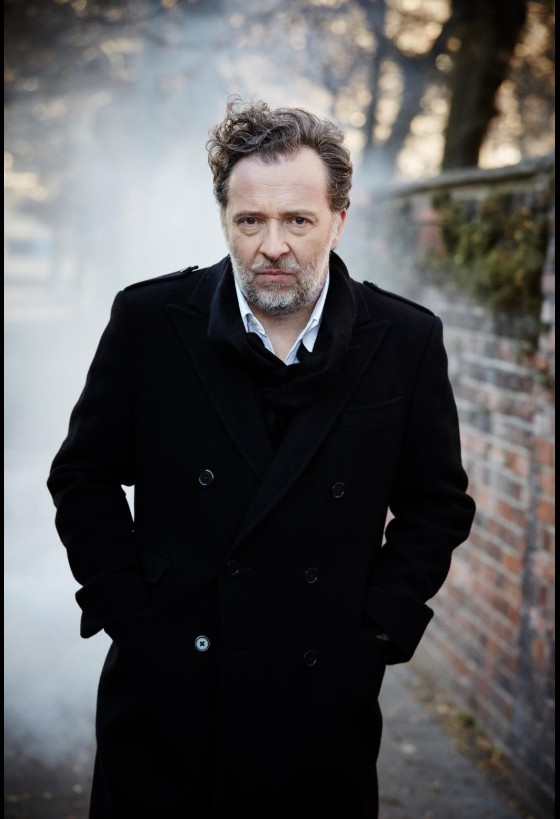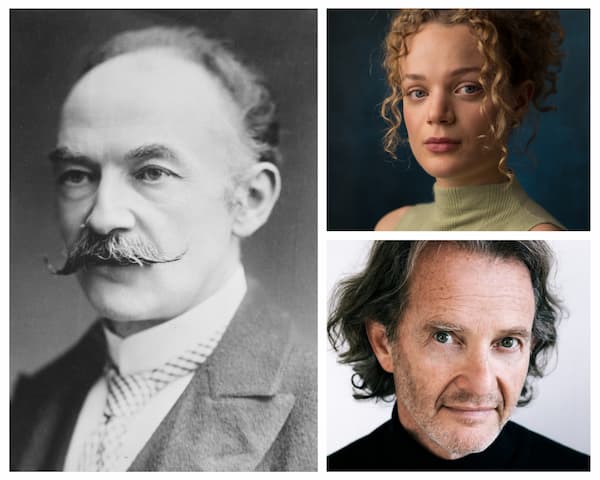The enchanting Itinéraire Baroque festival, held across picturesque venues in the Dordogne region, presents a vibrant celebration of Baroque music and arts. It showcases a diverse array of performances ranging from chamber music and cantatas to theatrical comédie-ballets.
The 2025 festival is now divided into a series of off-season concerts that take place in March, June, early July, and December. The summer festival runs from 23 July through 3 August and explores new venues in the Périgord Charentais.
Itinéraire Baroque 2025 brochure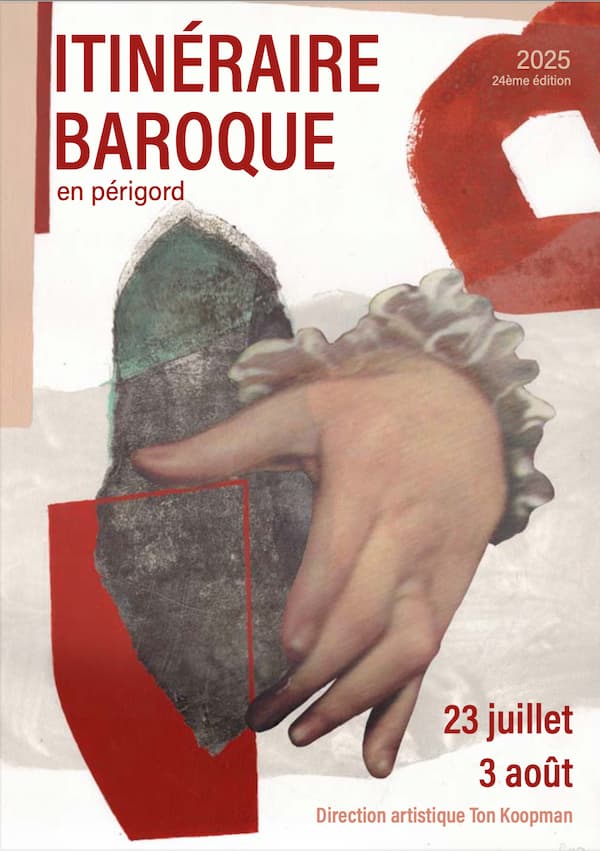
Founded by Ton Koopman in 2001, the Itinéraire Baroque initially was conceived as a one-day pilgrimage of concerts through quaint parish churches. It has since blossomed into a vibrant event, drawing roughly 3,000 visitors each year.
The heart of the Festival is Saturday’s “Itinéraire,” the vibrant centrepiece that lends the event its name and spirit. After a dedicated ensemble performance, festivalgoers embark on a journey, weaving through the region’s forgotten Romanesque churches. Each group savours a series of four “taster” concerts, each an exquisite Baroque amuse-bouche, while performers remain stationed in their respective churches.
With the excitement of the 2025 Festival just around the corner, join us as we explore some of the musical highlights that promise to make this year unforgettable.
Molière/Lully
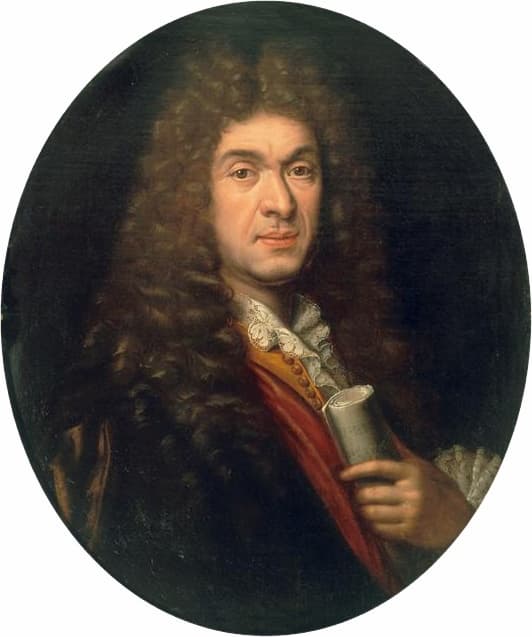
Portrait of Jean-Baptiste Lully by Paul Mignard
Over a third of Molière’s comedies were conceived for performance with music and dance. In fact, the combination of ballet and comedy in one single entity laid the foundations of what became known as “comédies-ballets.” The origins of this genre date back to 1661, marking the beginning of Louis XIV’s personal reign.
It quickly became the favourite entertainment at court, and by 1668, the first “Le Grand Divertissement Royal de Versailles” was created. A contemporary account relates that the King wished “to give the comedy following a collation, and supper after the comedy, which was to be followed by a ball and fireworks.”
The specific comedy in question was Molière’s George Dandin, accompanied by a pastorale en musique. The music was provided by Jean-Baptiste Lully, and it became one of the highlights of the comédie-ballet genre. The first lament sung by the shepherdess Cloris features a poignant rondeau form with expressive ritornellos, and the richly ornamented Air de Cour blends tender poetry and intricate musicality to greatly enhance Molière’s theatrical vision.
Jean-Baptiste Lully: George Dandin (Le Grand Divertissement royal de Versailles), “Plainte de Cloris, Ah! Mortelles douleurs!” (Emmanuelle De Negri, soprano; Claire Debono; soprano; Virginie Thomas, soprano; Les Arts Florissants Ensemble; William Christie, cond.)
Clérambault/French Cantata
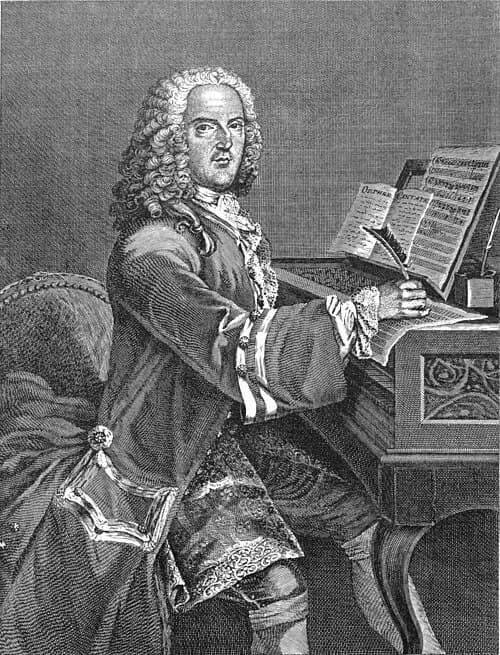
Nicolas Clérambault
Nicolas Clérambault was born in the rue Saint-Antoine in Paris in 1676, the son of one of the 24 Violons du Roi, the royal string band. Apparently, he composed a motet for large chorus at the age of thirteen, and eventually became organist of Saint-Sulpice and the Institution Royale de Saint-Louis at Saint-Cry.
He composed a book of harpsichord pieces and another for organ that is still in currency today. Clérambault also composed numerous motets; however, his reputation was founded on his French cantatas. In all, he crafted five books comprising a total of twenty cantatas and five single works.
The subject of Pirame et Tisbé is taken from Ovid, and it is difficult to ignore the link to Romeo and Juliet. Pyramus and Thisbe love each other, but their parents are opposed to their union, and they arrange to meet secretly. Thisbe arrives first, but she is attacked by a lioness who rips her veil and stains it with blood. Assuming that Thisbe is dead, Pyramus kills himself. When Thisbe returns, she sees Pyramus’ body and takes her own life. Their parents combine their ashes in one urn.
Clérambault composed a fine instrumental prelude preceding the first recitative, which sets the scene for the tragedy. He then proceeds to set the text as a succession of recitatives, “airs, and simphonies.” The concluding air points the moral of the story, combining the two elements of concession and tradition.
Louis-Nicolas Clérambault: Pirame et Tisbé (Jean-Paul Fouchécourt, tenor; Les Arts Florissants Ensemble; William Christie, cond.)
Orpheus Britannicus/Purcell
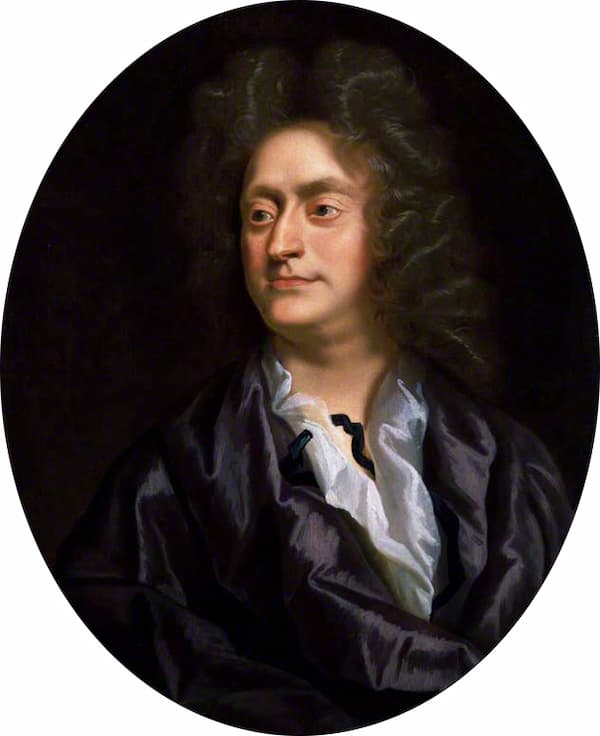
John Closterman: Henry Purcell, ca. 1695 (London: National Portrait Gallery)
While Henry Purcell (1659-1695) incorporated Italian and French stylistic elements in his music, his compositions represent a uniquely English form of Baroque music. The son of a court musician, he essentially spent his entire life in Westminster writing music for special occasions at court.
Purcell famously composed a number of semi-operas, and he was considered one of the finest and most original composers of his day. A contemporary writes, “He gave us some of his happiest melodic inspirations, distributed among solemn overtures, cheerful or pathetic airs, and delightful dances of every imaginable kind.”
Orpheus Britannicus refers to a collection of songs published posthumously in London in two volumes, the first in 1698 and the second in 1702. The collection includes some of Purcell’s finest vocal works for a complement of voices, along with symphonies for violins or flutes.
Titled to honour Purcell as the “British Orpheus,” the collection reflects the composer’s celebrated status as one of the highly original minds of Baroque music. Among the “choicest songs”, we find airs and pieces from his operas, semi-operas, and other vocal compositions. And in the preface to the first volume, we find an extended preface highlighting Purcell’s contributions to English music.
Henry Purcell: “If music be the food of love” (Catherine Bott, soprano; Purcell Quartet)
Musique Hollandaise/Hellendaal
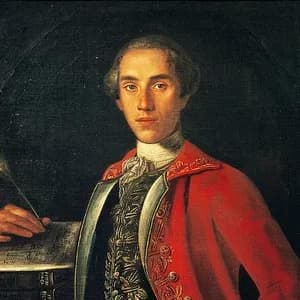
Pieter Hellendaal
The renowned Italian Baroque composer and violinist Giuseppe Tartini established his “Scuola di Nazioni” in Padua in 1728. This groundbreaking institution, fuelled by Tartini’s reputation as a virtuoso and pedagogue, became a beacon for aspiring violinists across Europe.
Over the forty years of its operation, Tartini developed a systematic and innovative approach to violin instruction, emphasising not only technical mastery but also composition and musical expression. In fact, his treatises on violin technique and ornamentation remain influential to this day.
The Dutch violinist Pieter Hellendaal (1721-1799) was sent by the governor of Amsterdam to study in Italy, and he spent two years in Tartini’s Padua school. Once returned, he gave concerts as a violinist and was granted the privilege of publishing his own compositions.
He did publish two collections of sonatas for violin and bass, and after moving to England, he met George Frideric Handel. In all, Hellendaal spent 48 years of his life in England, earning him the descriptor “Anglo-Dutch.” His works reflect a polished synthesis of Baroque intricacy and emerging Classical clarity, mirroring the journey of a skilled musician navigating the cultural and musical shifts of 18th-century Europe.
Pieter Hellendaal: Violin Sonata in C minor, Op. 2, No. 2 (Črtomir Šiškovič, violin; Luca Ferrini, harpsichord)
Suites Orchestrales/Bach
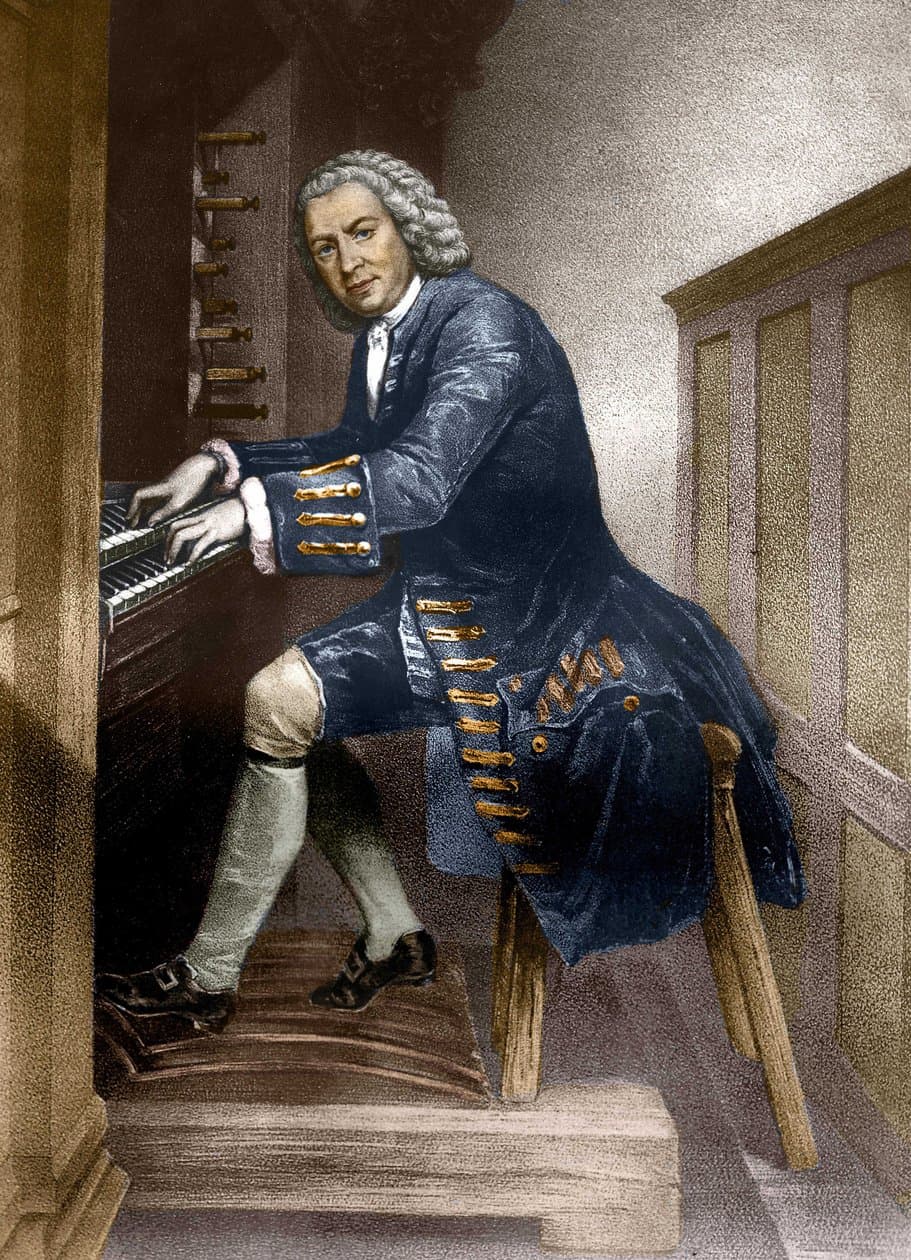
Johann Sebastian Bach playing the organ, c. 1881
The 4 Orchestral Suites by Johann Sebastian Bach (1685-1750) are among his most celebrated works, showcasing his mastery of orchestral writing. Likely composed between 1717 and 1731 during Bach’s tenures in Cöthen and Leipzig, these works reflect his ability to synthesise diverse musical influences taken from French, German, and Italian influences into a cohesive and innovative style.
The Orchestral Suites occupy a unique place in Bach’s oeuvre, bridging the gap between functional court music and concert works for public enjoyment. Their dance-based structure aligns with the Baroque suite tradition, yet Bach’s inventive harmonies, rhythmic vitality, and contrapuntal ingenuity elevate them beyond mere convention.
Blending French elegance, Italian melodic flair, and German rigour is central to Bach’s genius, and in order to hear all four orchestral suites in a single sitting, you’ll have to visit the Itinéraire Baroque in 2025.
From sacred spaces like Église Saint-Martin de Cherval to the historic Château de la Mercerie, and music performed by esteemed ensembles like the “La Risonanza,” “Capella de la Torre,” and the “Amsterdam Baroque Orchestra” under the direction of Ton Koopman, the Itinéraire Baroque 2025 invites audiences to explore the depth and diversity of Baroque music in a culturally rich and highly rewarding communal setting.
For more of the best in classical music, sign up for our E-Newsletter

